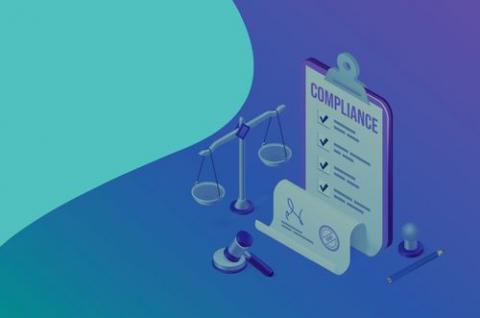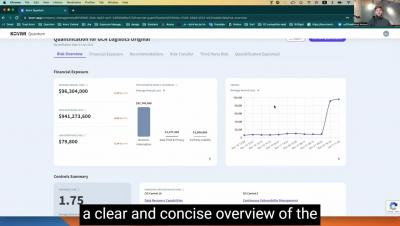Debunking the Misconception That CRQ Requires a Lot of Data Collection
Cyber risk quantification (CRQ) can be an invaluable tool. The ability to put a number to cyber risk aids in communicating with board members, planning strategic investments, calculating the return on investment of cybersecurity spending, and right-sizing cybersecurity insurance coverage. However, many organizations avoid taking advantage of CRQ due to some common misconceptions.








